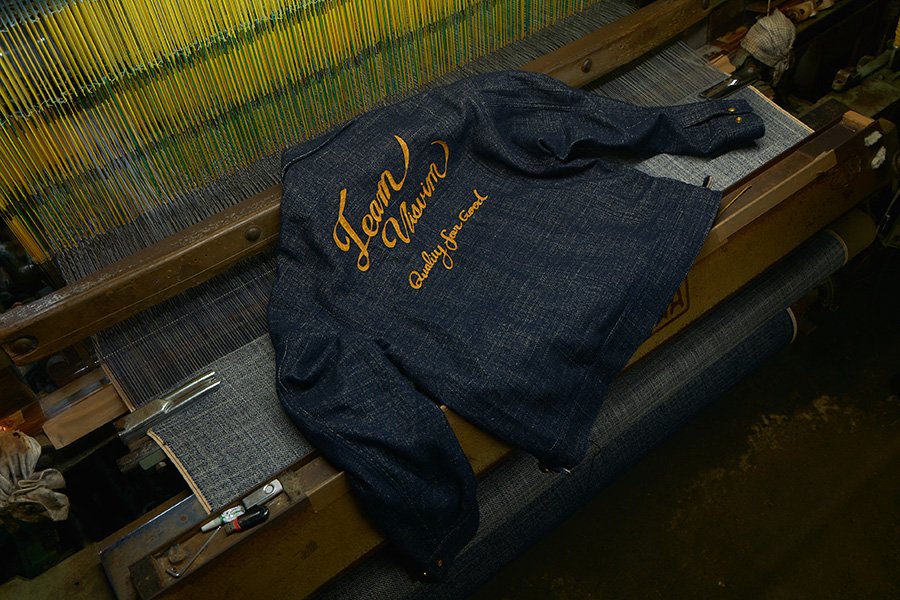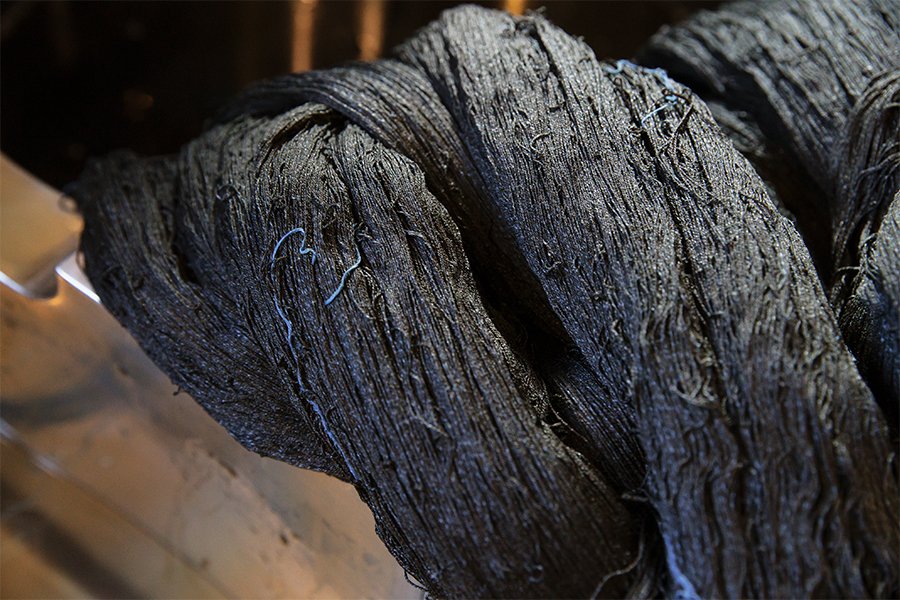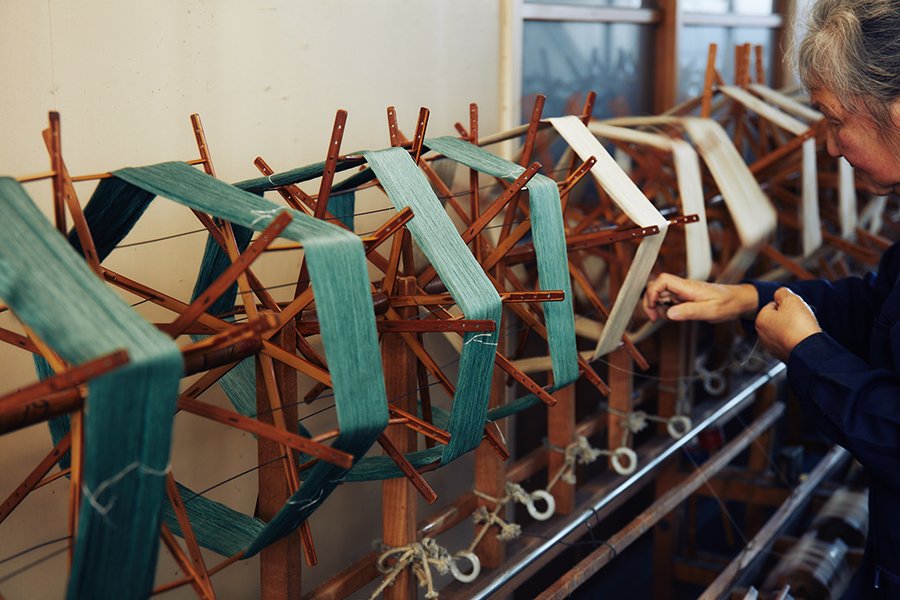Dissertation
Washi paper
This disposable "paper dress" was a gift that I received from a friend who works as an antique dealer in New York. The dress was made as a fashion novelty during the 1960s, a time when a high volume of synthetic materials was being developed against the backdrop of an increase in mass production and consumption. The dress was probably created as an experimental item, and the message behind it, presumably, was that "a time was approaching where it would be possible to wear a completely new outfit everyday".
| Category: | Material |
|---|
| Date: | 2017.02.28 |
|---|
| Tags: | #visvim #washipaper |
|---|

Kamiko
This disposable "paper dress" was a gift that I received from a friend who works as an antique dealer in New York. The dress was made as a fashion novelty during the 1960s, a time when a high volume of synthetic materials was being developed against the backdrop of an increase in mass production and consumption. The dress was probably created as an experimental item, and the message behind it, presumably, was that "a time was approaching where it would be possible to wear a completely new outfit everyday".
On the other hand, a type of kimono made from washi (Japanese paper) called "kamiko" has existed in Japan from long ago. The thick sheets of washi were crumpled up and softened, and pastes made from konjac roots, persimmon juice, and agar were applied on the surface to make the paper waterproof before being made into kimonos. During the Edo period, fabrics such as cotton and fur were considered luxury items, but as washi production spread throughout the country, the lightweight yet warm kamiko became a more affordable option for everyday wear among civilian people.



On one hand there is paper clothing that was introduced during a time when material items were plentiful due to mass production, and on the other hand there were paper kimonos made during a time when fabrics were scarcer and difficult to obtain. I found the contrast between the two to be very interesting and thought that this could provide a hint for making a modern-style garment using paper. So, for our 2017 collection, we created a jacket and skirt using handmade Mino washi. The patterns were dyed onto the paper using a traditional method used for kamiko from long ago called "kata-zurizome".
Taking old, forgotten fabrics and reexamining them with modern conceptualization and techniques can open up new possibilities. Everyday, we repeatedly experiment to achieve this.











